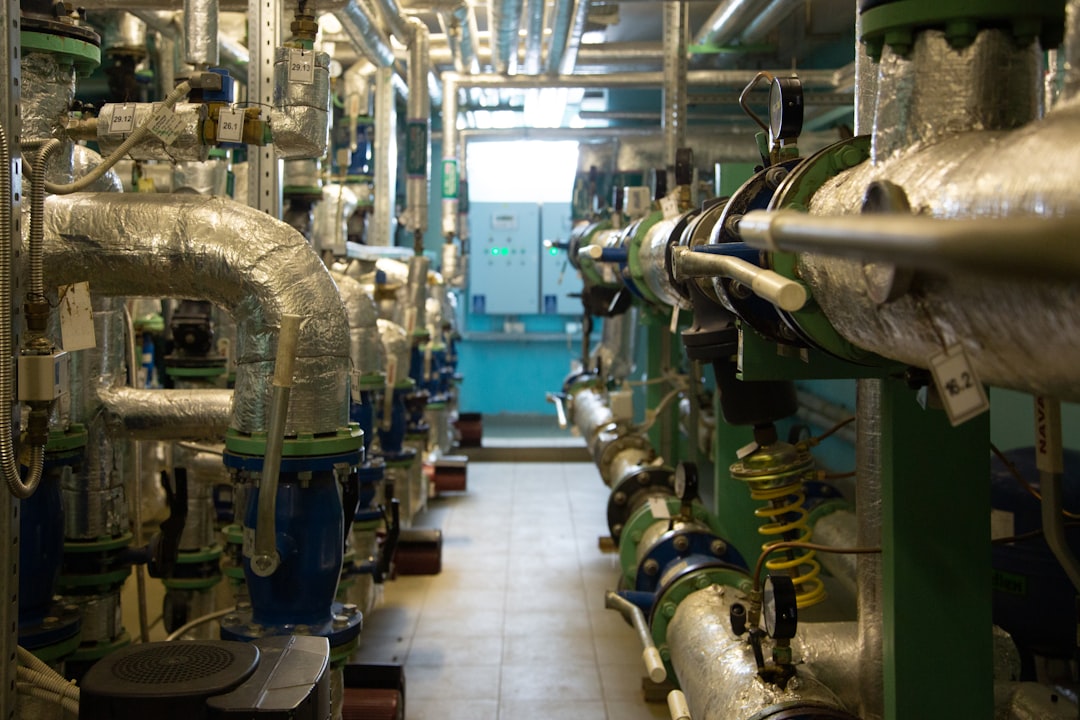3D printing, also known as additive manufacturing, has transformed the manufacturing industry over the past few years. This innovative technology has revolutionized the way products are designed, prototyped, and produced. With 3D printing, manufacturers can create complex, customized parts with remarkable speed and precision. As this technology continues to evolve, many experts believe that the future of 3D printing in manufacturing holds even more exciting possibilities.
One of the most significant trends in the future of 3D printing in manufacturing is the move towards large-scale production. In the past, 3D printing was primarily used for prototyping and small batch production. However, recent advancements in technology have made it possible to use 3D printing for mass production of parts and products. This trend is expected to continue as manufacturers realize the cost-saving benefits of using 3D printing for high-volume production. By utilizing this technology, companies can reduce lead times, save on material costs, and create products that are more lightweight and durable than traditional manufacturing methods.
Another key trend in the future of 3D printing in manufacturing is the development of new materials. While plastic is the most commonly used material in 3D printing, researchers are constantly exploring new materials that can be used to create stronger, more durable parts. Metals, ceramics, and even organic materials are being tested for use in 3D printing. These new materials will open up new possibilities for manufacturers, allowing them to create products that were previously impossible to produce using traditional manufacturing methods.
In addition to new materials, advancements in software and hardware are driving the future of 3D printing in manufacturing. Improved software tools are making it easier for designers to create complex geometries and optimize parts for 3D printing. At the same time, hardware improvements are increasing printing speeds, precision, and reliability. These advancements are making 3D printing more accessible and cost-effective for manufacturers of all sizes.
One of the most exciting developments in the future of 3D printing in manufacturing is the concept of “lights-out” manufacturing. This refers to a manufacturing process that is fully automated and requires little to no human intervention. With 3D printing, it is possible to create a fully automated production line that operates 24/7, producing parts and products without the need for human labor. This not only reduces labor costs but also improves efficiency and productivity.
The future of 3D printing in manufacturing also holds promise for the medical industry. 3D printing has already been used to create customized implants, prosthetics, and surgical tools. In the future, we can expect to see even more advancements in medical 3D printing, including the ability to print tissue and organs for transplantation. This could revolutionize the field of regenerative medicine, allowing doctors to create personalized treatments for patients with complex medical conditions.
Overall, the future of 3D printing in manufacturing looks bright. With advancements in materials, software, and hardware, manufacturers can expect to see even greater benefits from using 3D printing in their production processes. From mass production to lights-out manufacturing to medical applications, 3D printing is poised to transform the manufacturing industry in ways we have yet to imagine. As this technology continues to evolve, we can expect to see even more innovative solutions that will change the way we design, produce, and consume products.


